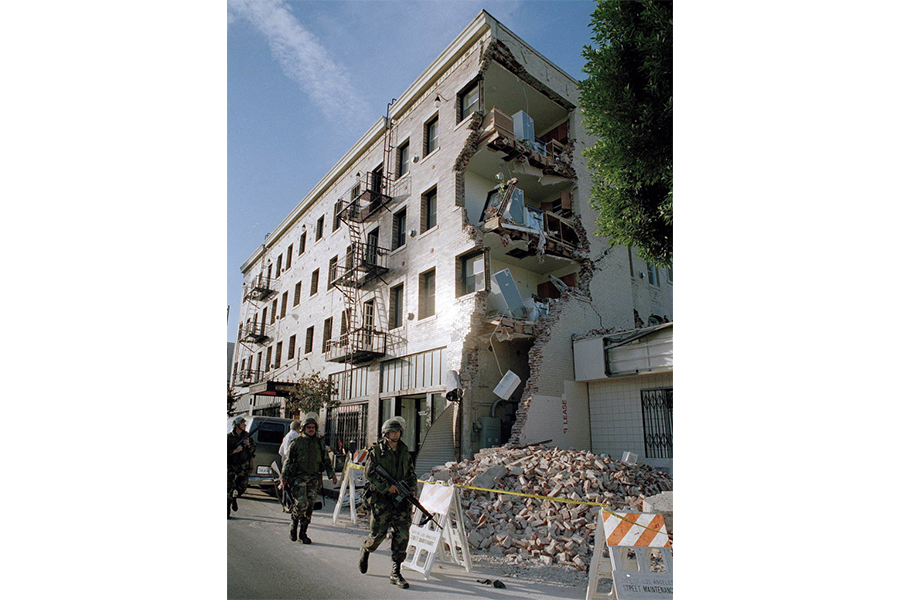How Los Angeles plans to minimize damage from next big quake
A new bill has been passed by the Los Angeles City Council that will prompt a series of retrofits upgrades to buildings that are vulnerable to collapse in an earthquake.
The measure passed Friday in the city council with a 12-0 vote. The mandate will impact many older wood and concrete buildings in Los Angeles. As many as 13,500 “soft-first-story” buildings will need to be upgraded, which are typically wood-frame buildings with parking lot or other large spaces on the ground floor. Some 1,500 concrete buildings will also need to be upgraded.
City leaders and representatives of residential landlords and commercial owners supported the plan. There is still concern over potential costs. City leaders will have to agree on how the $5,000-per-unit costs will be split. The city’s housing department suggests splitting the costs 50-50 between tenants and landlords with a cap on monthly rent increases.
With sixteen people killed in a building collapse during a 1994 earthquake, the need for retrofitting buildings was clear to many. According to the Los Angeles Times, studies estimate a quake could cause up to $250 billion in damage and result in 3,000 to 18,000 deaths.
Wood apartments will need to be retrofitted within seven years after being told to retrofit the building. Owners of concrete buildings will have a longer timeline of 25 years. The Department of Building and Safety will tell owners if their building needs to be retrofitted.
The retrofitting mandate is one of many efforts Mayor Eric Garcetti is making to ensure the city is resilient to earthquakes. A plan organized by the mayor in December focuses on strengthening major water systems, ensuring telecommunications systems will be able to function after a quake, as well as identifying and retrofitting weak buildings.
"There's no question that we're going to have an earthquake... in here we've laid out the groundwork for the seismic retrofitting that needs to be done,” Councilman Gil Cedillo (D) said before the vote.
For the city of Los Angeles, we finally took our head out of the sand,” Mayor Garcetti told the Times last year. “We can’t be that city that takes years, even decades, to get back to where we are today.”
This report includes material from the Associated Press.






